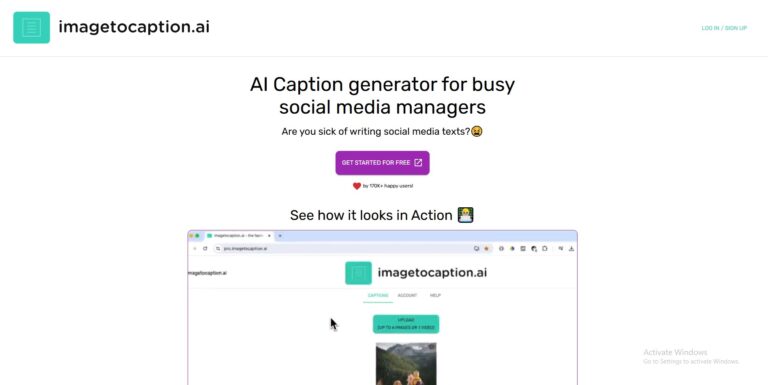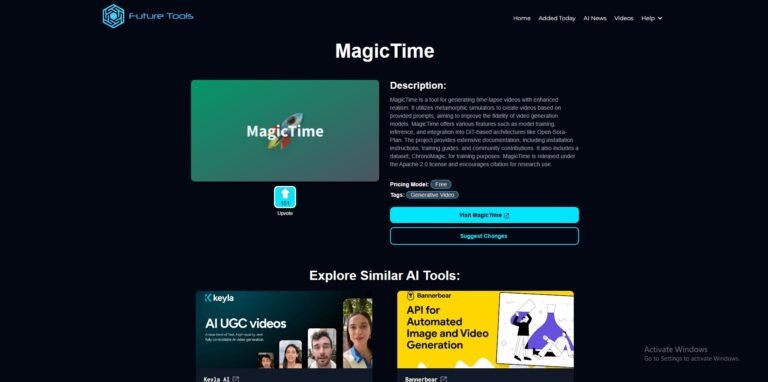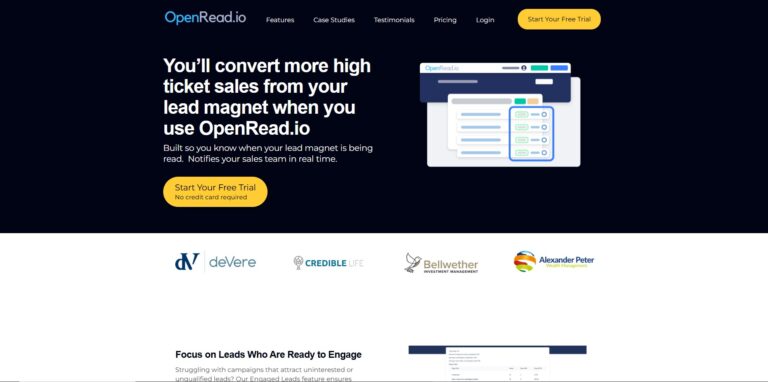Recall: Revolutionizing the Way We Interact with Online Content
Information overload is one of the most common problems students, researchers, and professionals face in the digital world. The sheer volume of content available online-from podcasts and YouTube videos to news articles and PDF documents-is overwhelming. That is where Recall comes in-a powerful tool designed to streamline the way we interact with online content. The Recall provides a concise summary and key information that saves time for the user. It makes it easier than ever to consume, retain, and manage knowledge.
What is the Purpose of Recall?
Recall is essentially a summary tool, distilling the online material in an efficient and accessible way. A student who needs to summarize textbook chapters, a professional aiming to be up to date with industry news, the value of these bite-sized summaries brought by Recall lies in the ability to quickly get to important ideas without bothering with in-depth readings and extensive research.
This sets Recall apart from the rest of the summarizing tools as the consideration for efficiency without the compromise of meaning. This is not content shortening but the smart arrangement of the most important points in order to let the reader gain meaningful insight without becoming bogged down. Therefore, any person seeking to stay updated with the fast-changing world in which we live today cannot afford to dispense with Recall.
Recall Key Features
The tool is equipped with a number of key features that make it an indispensable part of any knowledge seeker’s toolkit:
1. Automatic Summarization
The heart of Recall is its auto-summarization. Users can input content in whatever form it takes – a lengthy PDF, a podcast episode, or a YouTube video – and receive a concise, well-organized summary of the main points. It’s a game-changer for those who don’t have the time to sift through long materials but still need to understand the core message.
It could feel like having a podcast that lasts two hours or a ten-page academic article condensed into some bullet points you could just remember. The summarizing AI model by Recall then reads and breaks down all content in terms of pulling insights. Therefore, people have quick and fast reading into materials and avoid using hundreds of minutes in reading, noting, and reading over it so they can get onto what matters more.
2. Knowledge Repository
Recall also has a personal knowledge repository, where users can save the summarized content. Material is organized automatically so that it can be retrieved easily when needed. More than that, though information is stored, Recall interlinks related pieces of content, creating a web of knowledge for better understanding of the bigger picture.
For instance, if you are researching on a particular topic, recall will assemble your summaries and show you how separate pieces of content relate to each other. And this interlinked database provides users with deeper insights to their research topics than they would have discovered otherwise.
3. Content Connections via the Knowledge Graph
One of the newest, though highly unique features in Recall, would be the knowledge graph where it can find and show interrelations among pieces of content. This will establish a visual pathway of various subjects or materials that may be interlinked, thus serving as an interactive mode of exploration.
This graphic mapping is helpful for individuals performing in-depth research or researching new subjects because it will be able to see the relationships between the various sources or concepts being presented and thus leads to a more whole understanding of the subject area. Curiosity is also fostered by the knowledge graph because users can traverse new paths they may have not otherwise pursued, widening knowledge as they do.
4. Spaced Repetition for Better Retention
Recall does not just summarize the content but makes the users memorize what they have learned. Using the proven learning technique of spaced repetition, Recall reminds the users to review certain key points at optimal intervals. This is very handy for students and working professionals who have to commit certain information to long-term memory.
The spaced repetition feature ensures that learners recall the important concepts before they forget and, therefore, strengthen them in the minds. This, in turn, enhances learning and productivity because one does not have to read through a lengthy text or attend review sessions.
5. Offline Access
In a world where internet access isn’t a given, Recall makes sure to save users the hassle of reaching the internet in order to access all saved summaries, knowledge graphs, and notes. Because it saves them locally, people can always review all materials even without internet. It is useful for traveling folks or for those going into areas where internet availability is low.
Benefits Derived From Using Recall
These features combine to make Recall an extremely efficient tool for information processing. Here are just some of the most important benefits:
Time Savings: It dramatically reduces the time spent researching and consuming content by reducing hours-long material into succinct summaries.
Improved Productivity: The organization, linking, and retrieving capabilities increase overall productivity. With Recall, one uses far more information but spends fewer hours searching for it.
Better Retention and Memorization: As Recall encompasses spaced repetition, the product ensures that the knowledge is retained better. Therefore, it becomes a good tool for both students and professionals trying to memorize complex subjects.
Easy to Use Interface: Despite all these advanced features, It has ensured that its use is quite easy. Its interface is simple, intuitive, and seamless to suit all levels of technical skill.
Possible Downsides
Although Recall possesses many advantages, there are some disadvantages:
Adaptation Period: New users often take a little time to learn and fully understand all of the advanced organizational features Recall provides. The tool is intuitive, but its depth can overwhelm a new user at times.
The tool’s limitations: although it supports the largest variety of different content formats, perhaps still in the single-digit figures are the missed file types or platforms. Chances are that these types or platforms will be supported shortly.
Dependence on AI Summarization: The quality will depend on the source material, with regards to complexity and nature, just like with any AI-based tool. Even though the algorithms used by Recall are among the advanced ones available, sometimes they miss the nuances or content captured, which can be highly technical and abstract.
Conclusion
To summarize, Recall is a revolutionary application that fundamentally changed the approach one holds towards online material. With automatic summarization, a personal knowledge repository, spaced repetition, and access offline, the app caters to the most segmented group in need of simplifying information intake. Be it students, researchers, or busy professionals, It offers an indispensable service through saving time and maximizing productivity in the process of knowledge optimization.
While there might be an initial learning curve and some limitations regarding platform compatibility, the overall benefits of using Recall far outweigh these drawbacks. For anyone looking to navigate the overwhelming volume of online content more effectively, It is a must-try solution.
.




